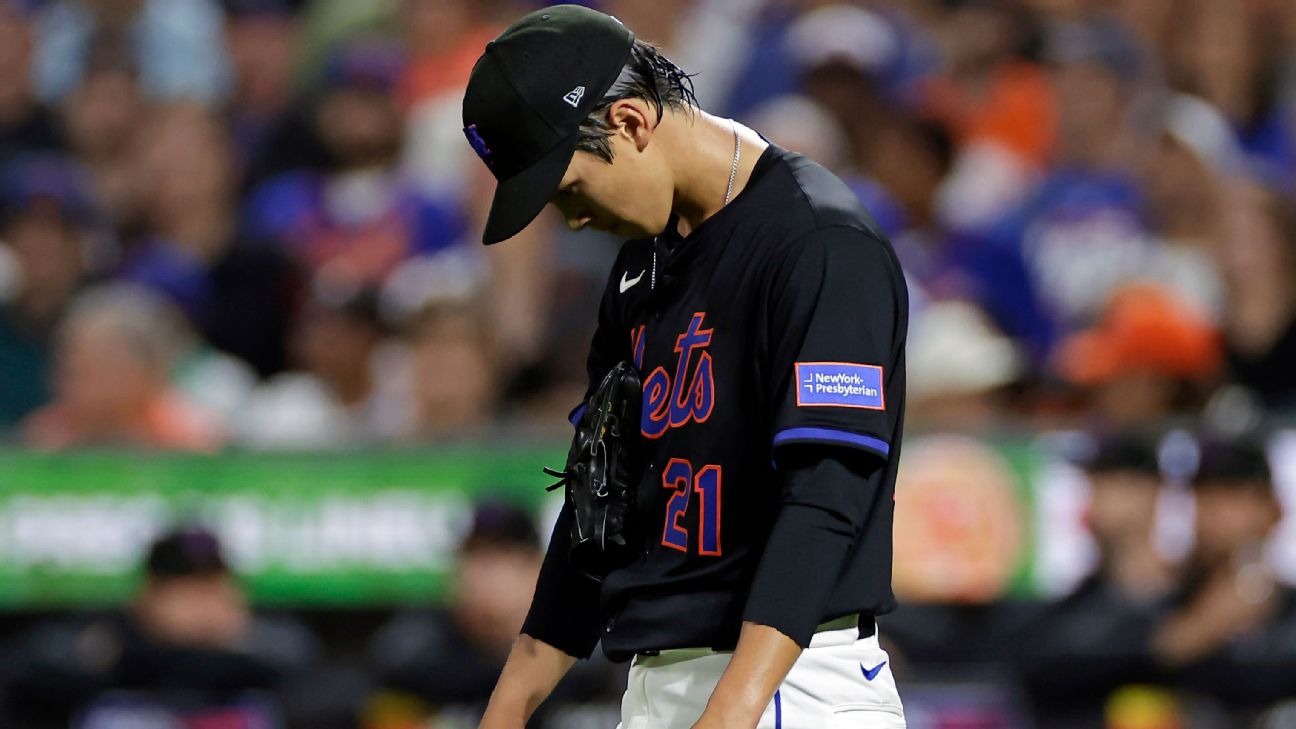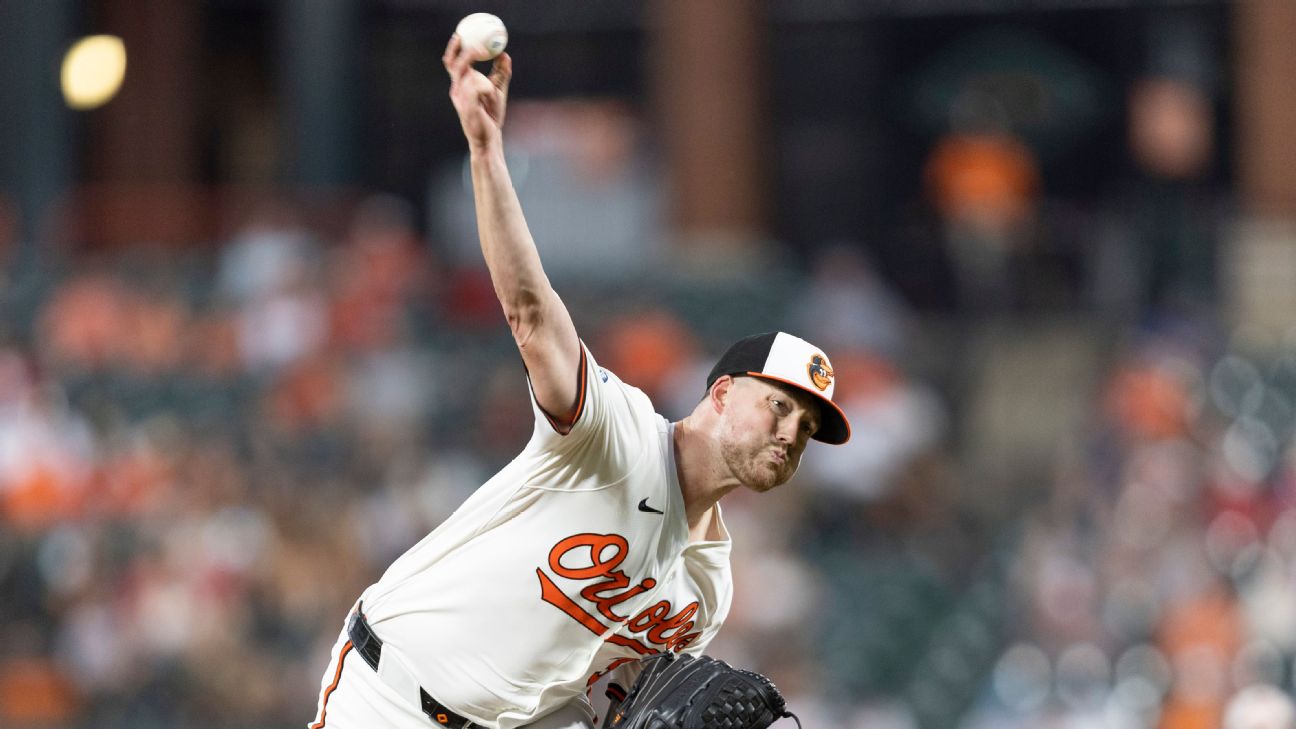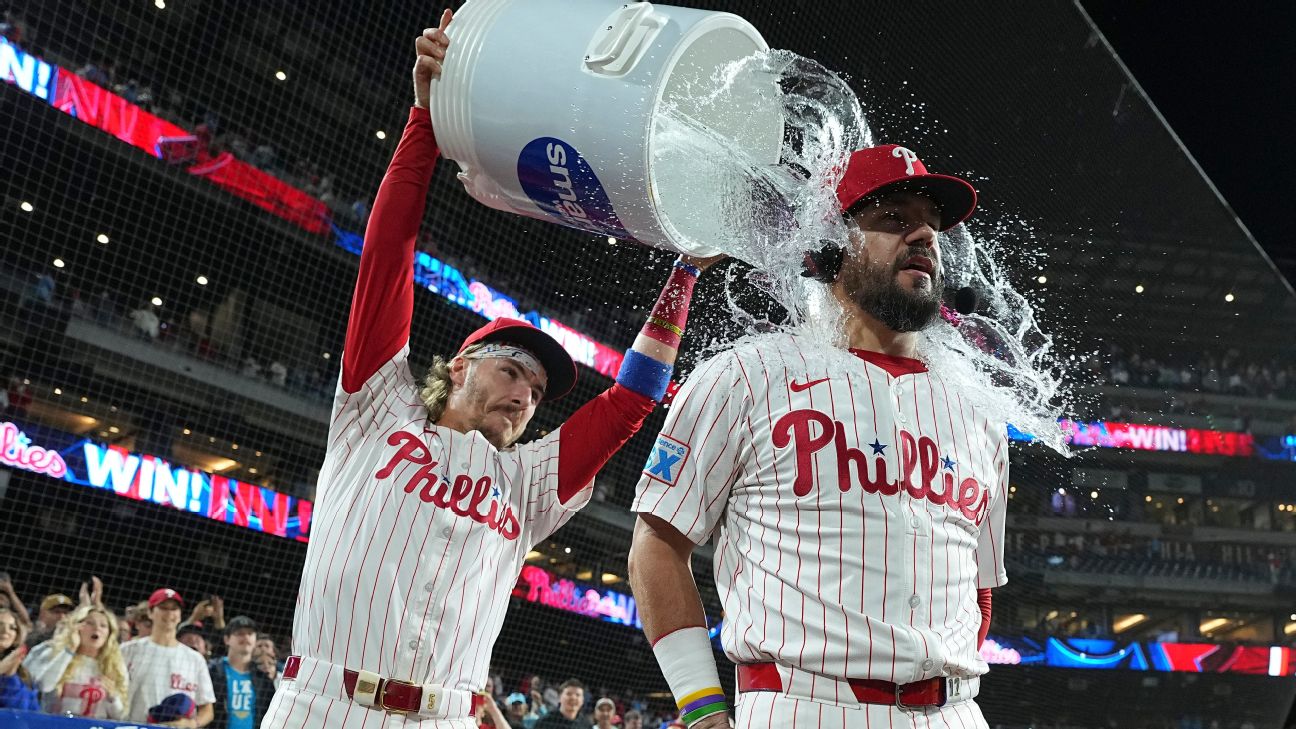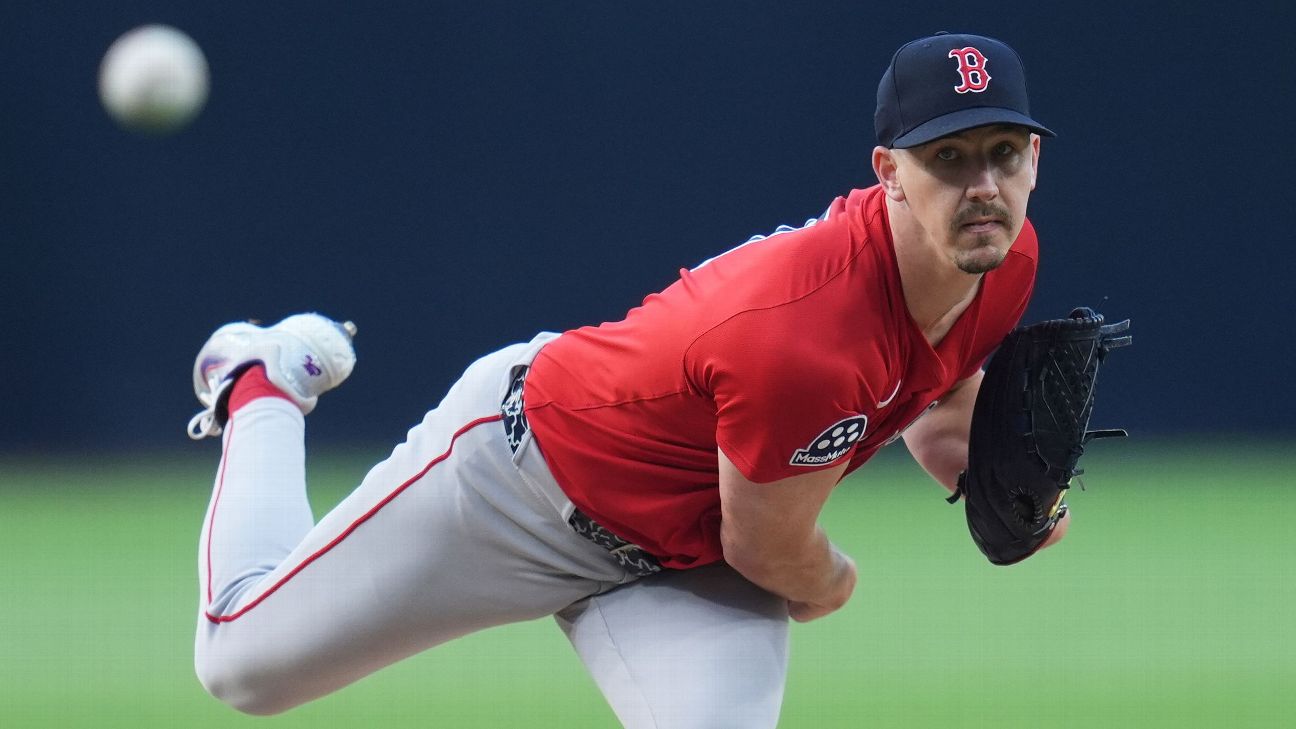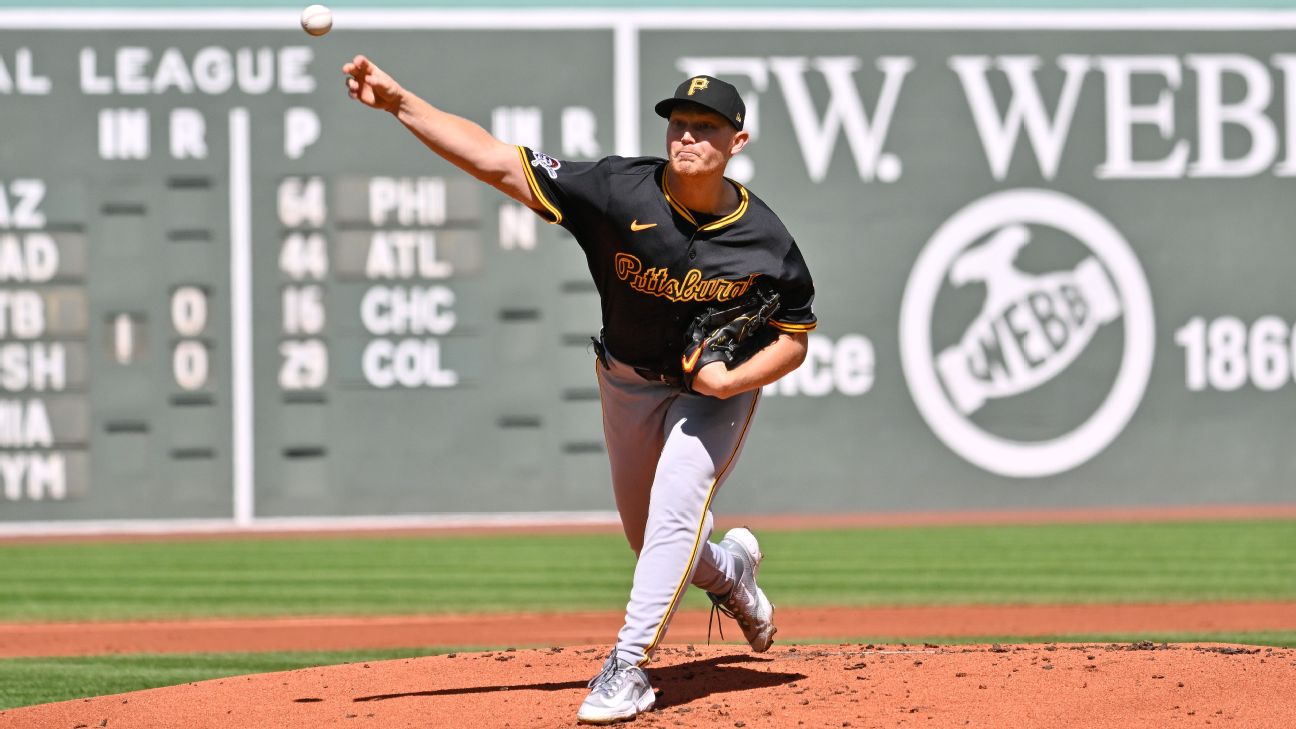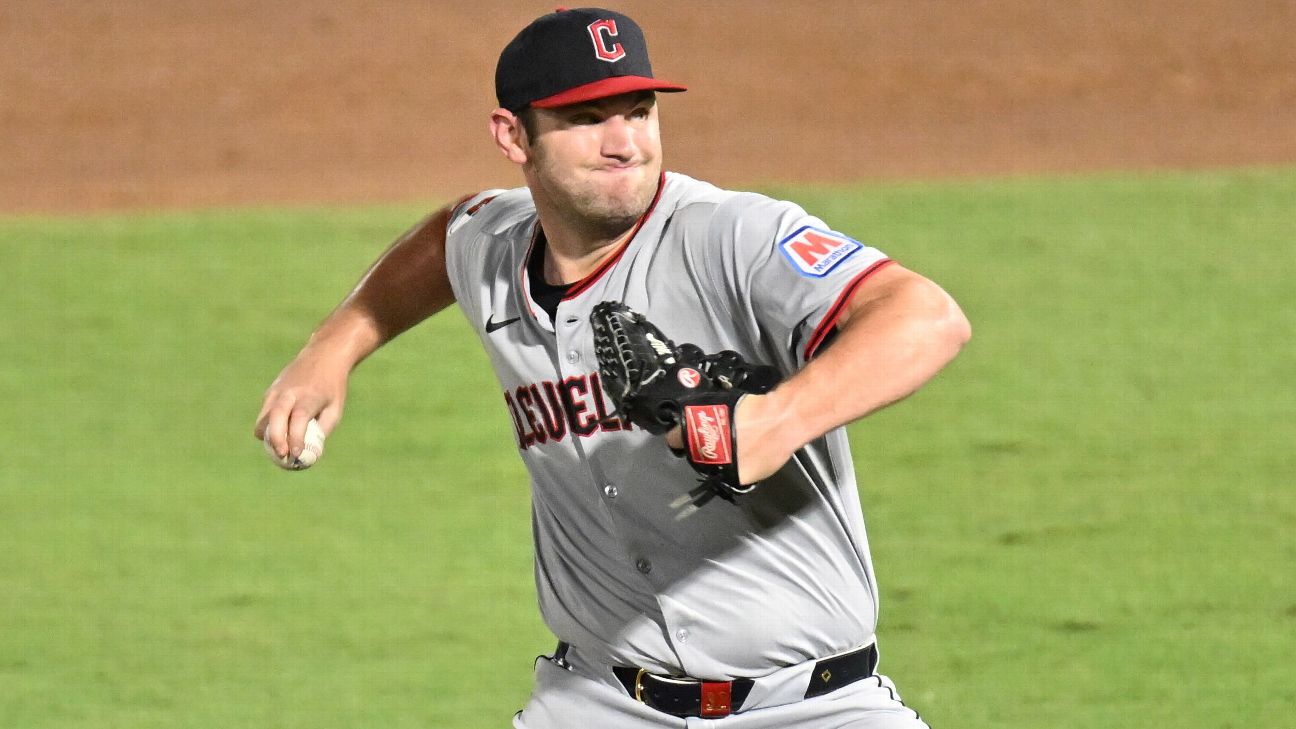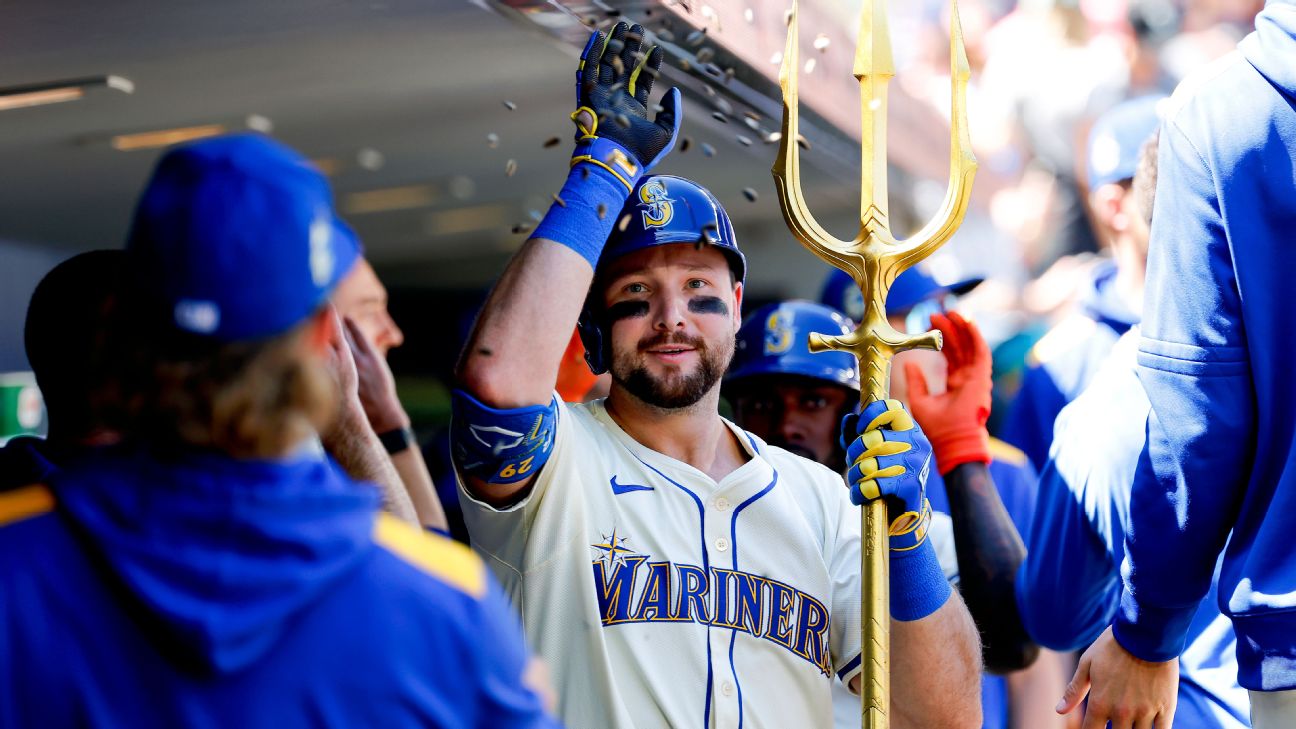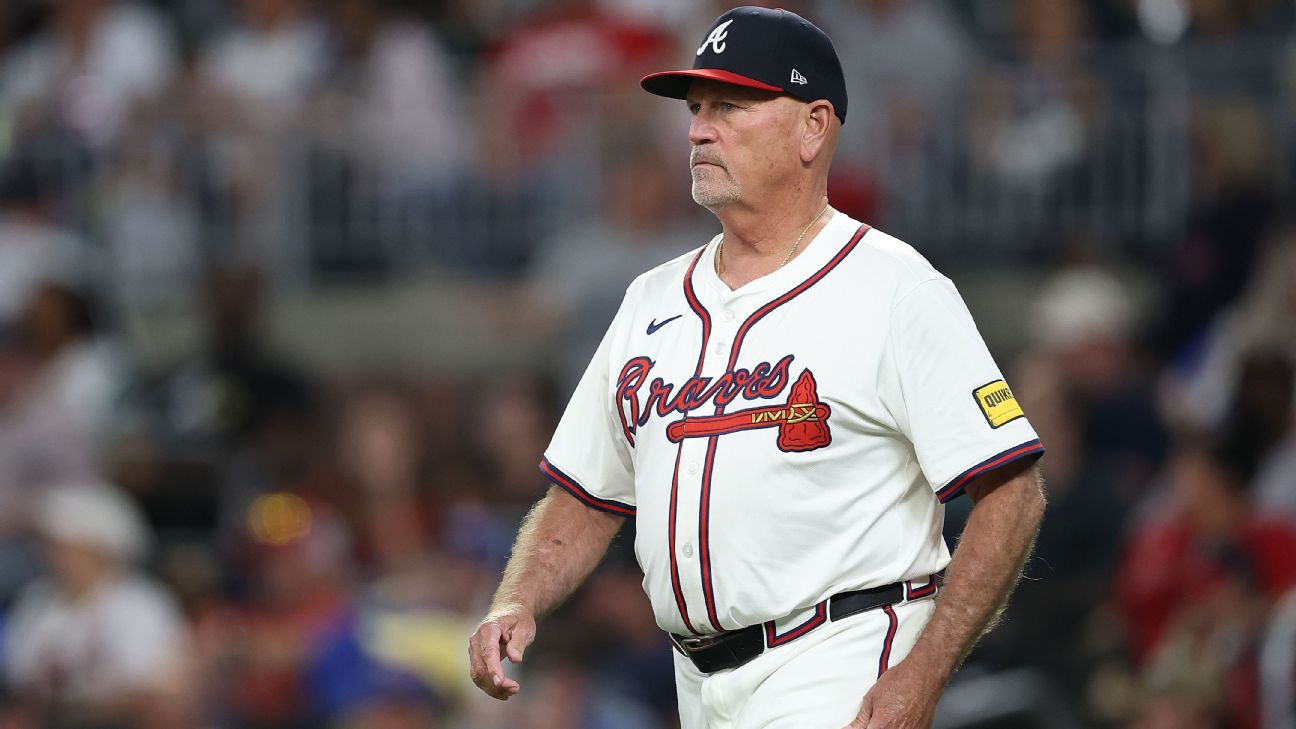Revolutionizing MLB: The Future of Ballpark Villages and Fan Experience
Explore how MLB ballpark villages like The Battery Atlanta are transforming fan experiences and setting new standards for sports venues.
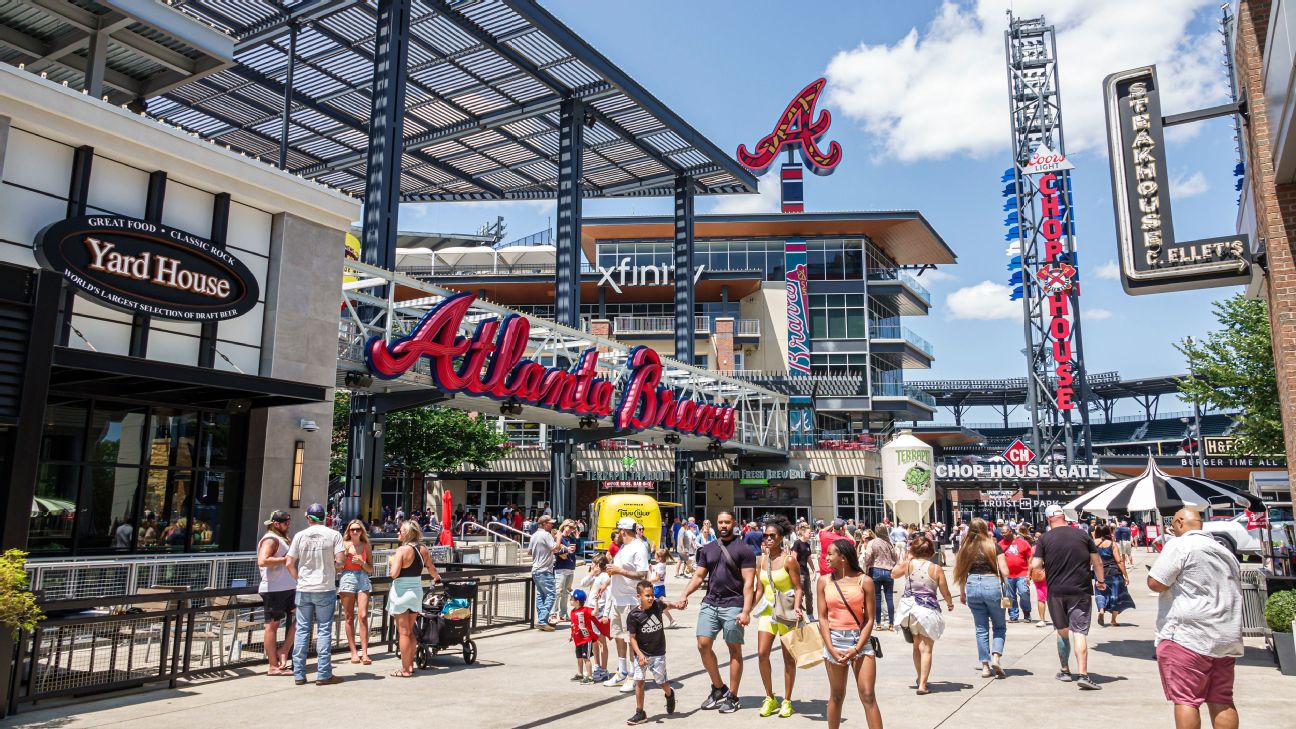
The Evolution of MLB Ballparks
MLB ballparks have undergone significant transformations over the years, evolving from simple stadiums to complex entertainment hubs. The introduction of ballpark villages has redefined the fan experience, offering more than just a game. These developments integrate residential, commercial, and entertainment spaces, creating vibrant communities centered around baseball.
The Battery Atlanta: A Blueprint for Success
The Battery Atlanta, surrounding Truist Park, is a prime example of this new model. Unveiled in 2017, it has become a year-round destination, attracting millions of visitors annually. The development includes:
- Retail and Restaurant Spaces: Over 250,000 square feet of shopping and dining options.
- Office and Residential Areas: Providing live-work-play environments.
- Entertainment Venues: Hosting numerous non-baseball events.
Financial and Community Impact
The financial success of The Battery is evident. The Atlanta Braves' franchise value has skyrocketed, thanks in part to this innovative development. The project has also spurred economic growth in Cobb County, creating jobs and boosting local businesses.
The Future of Ballpark Villages
Other MLB teams are taking note. The Texas Rangers with Texas Live! and the Philadelphia Phillies with their mixed-use developments are following suit. These projects aim to enhance fan engagement and provide continuous revenue streams.
Challenges and Considerations
While the benefits are clear, challenges remain. The use of public funds for private developments is contentious. Additionally, replicating the success of The Battery requires significant investment and strategic planning.
Conclusion
The Battery Atlanta has set a new standard for MLB ballparks. Its success demonstrates the potential of ballpark villages to transform fan experiences and drive economic growth. As more teams adopt this model, the future of MLB venues looks brighter than ever.














